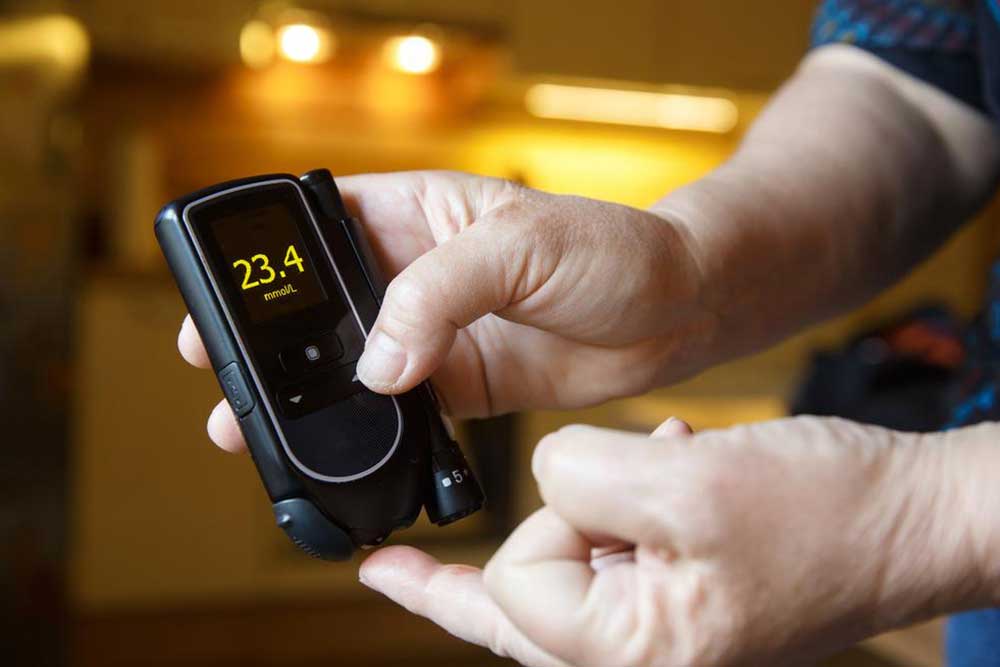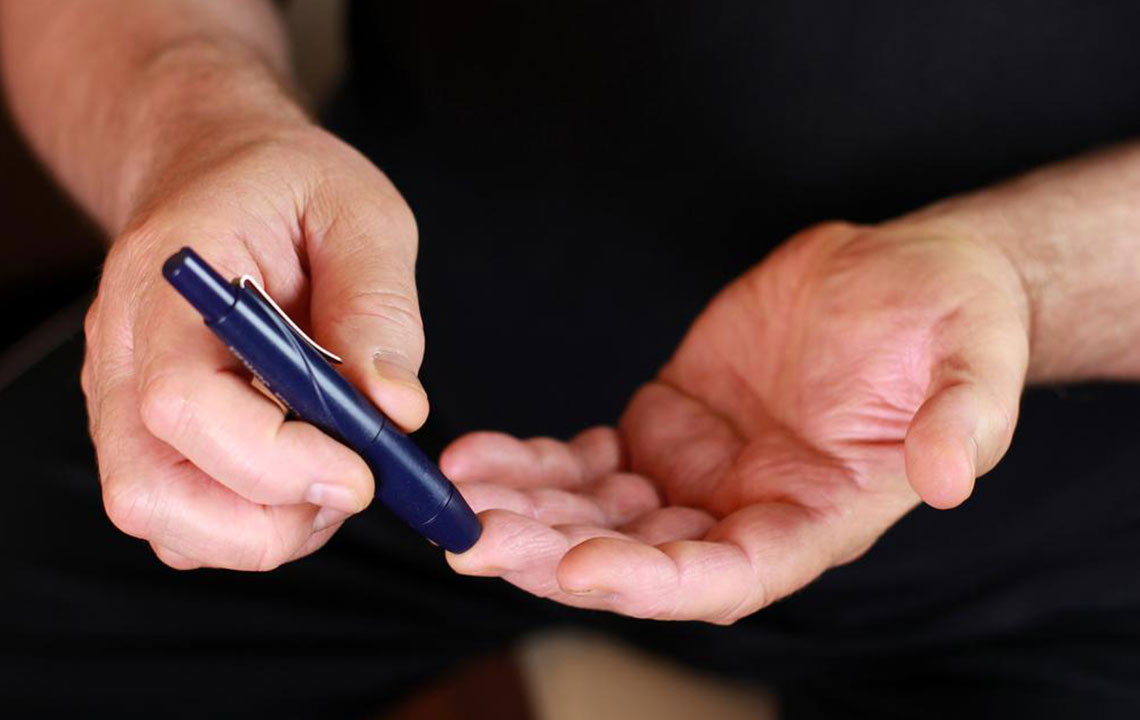Recognizing Early Symptoms of Diabetes and Foods to Prevent Worsening Conditions
This detailed article explores early indicators of diabetes, such as slow wound healing, skin darkening, numbness, and visual fluctuations. It emphasizes dietary habits to prevent disease progression, including avoiding sugary drinks, fried foods, refined grains, and alcohol. Early detection and dietary management are crucial for controlling diabetes and avoiding complications, making awareness vital for individuals at risk. Learn how to identify warning signs and adopt healthier food choices for better health outcomes.

Identifying Early Signs of Diabetes and Dietary Precautions
Diabetes mellitus, commonly known simply as diabetes, is a chronic health condition characterized by elevated blood sugar levels resulting from the body's inability to produce or effectively utilize insulin. With over 100 million individuals affected globally, early diagnosis and prevention are critical to managing health outcomes and preventing serious complications. This comprehensive guide discusses the early warning signs that may indicate the onset of diabetes, as well as key dietary choices to reduce the risk of progression and improve overall health.
Slowed wound healing One of the primary early signs of diabetes involves the body's reduced capacity for healing. Elevated blood sugar impairs immune function, making wounds and cuts slow to recover. This delayed healing process can be an initial warning sign, especially if it occurs without obvious reason or persists longer than normal.
Dark patches on the skin Acanthosis nigricans presents as dark, velvety patches commonly found in sensitive areas such as the armpits, neck, and groin. Often, these patches are painless and may go unnoticed but serve as a significant early warning indicator of insulin resistance.
Numbness and Tingling Sensations Prolonged high blood sugar levels can cause nerve damage, a condition known as diabetic neuropathy. Individuals may experience numbness, tingling, or a burning sensation in extremities like fingers, toes, and sometimes the legs and arms. Recognizing these sensations early can prompt investigation and intervention.
Blurry or Fluctuating Vision Changes in blood sugar levels affect the eye's lenses, leading to problems with focus and clarity. Fluctuations can cause intermittent blurry vision, which may be reversible if blood sugar is well-managed but indicative of underlying metabolic issues.
Being attentive to these early symptoms is vital since early diagnosis allows for more effective management and lifestyle adjustments. Alongside symptom recognition, making smart dietary choices is equally essential to reduce the risk of developing diabetes or to prevent the condition from worsening.
Limit Sugary Drinks Artificially sweetened sodas, fruit drinks, and other sweet beverages often contain additives and high sugar content that can impair insulin function, causing blood sugar spikes. Opting for water, herbal teas, or infused water can help maintain stable blood glucose levels.
Avoid Fried Foods Foods that are deep-fried, such as fried chicken, french fries, and doughnuts, tend to be rich in trans fats and refined carbohydrates. These elements contribute to insulin resistance and promote arterial plaque buildup, increasing cardiovascular risks associated with diabetes.
Reduce Intake of Refined Grains White bread, white rice, and processed pasta made from refined flour are high in rapidly digestible carbs. Consuming whole grains like brown rice, whole wheat bread, and oats can help improve insulin sensitivity and better blood sugar regulation.
Moderate Alcohol Consumption Excessive alcohol intake can disrupt blood sugar control, interfere with insulin effectiveness, and negatively interact with diabetes medications. Limiting alcohol and consulting healthcare providers for personalized advice is recommended.
In conclusion, recognizing early warning signs such as slowed wound healing, skin patches, numbness, and vision changes can lead to timely intervention. Additionally, maintaining a balanced diet by avoiding foods that promote insulin resistance—like sugary drinks, fried foods, refined grains, and excess alcohol—can significantly decrease the risk of developing or worsening diabetes. A proactive approach combining medical advice, healthy eating, and lifestyle modifications is essential to managing this widespread condition effectively.





